Japan is a country fortunate enough to have four seasons, each of them special in their own way. In this article, we introduce the charm of Japan having four seasons, what to expect and enjoy from each season, as well as a lesson on 24 Sekki - a more detailed calendar on the changing of seasons.
Table of Contents
- The Charm of Having Four Seasons in Japan
- Enjoying the Four Seasons in Japan
- Other Ways to Divide the Seasons in Japan
- Takeaway, Enjoy Japan All Year Round
The Charm of Having Four Seasons in Japan

The seasons and climate across Japan can be very different from region to region. This is because Japan is an archipelago that stretches from north to south. As a result, north Japan experiences subarctic climates whilst south Japan has subtropical climates. In addition to that, the snowfall and humidity between areas facing the Sea of Japan and the areas facing the Pacific Ocean are also different due to seasonal winds.
Although there are differences in climate due to topography and the resulting weather differences, Japan as a whole belongs to the temperate climate zone, so you can feel the difference in seasons in most areas. Here, we explain the characteristics or charms of Japan’s four seasons.
Distinct Changes in Each Season

The seasons are clearly divided in Japan where changing of seasons occurs. Compared to other countries that experience seasonal changes, Japan’s seasonal changes are more extreme and can even be harsh for people sensitive to climate and temperature changes. For that reason, a huge part of living in Japan is wardrobe changes to fit the season’s temperature and humidity.
Do be aware that sudden rise or fall in temperature and humidity, and abrupt changes in weather are common during the changing of one season to another. At these times, it is easier to fall sick so watch out for your health.
Different Plants to Match the Seasons

Plants are a clear sign that the season is changing or has changed. There are flowers and trees that represent their season such as hydrangeas in summer and camellias in winter which are essential for landscaping as they give a sense of the seasons. Cherry blossoms represent spring and are well known overseas as well. There are also plants that change their appearance depending on the season.
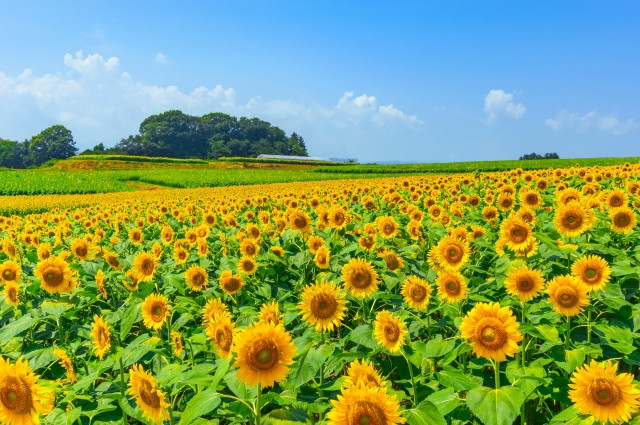
One of the fun ways of enjoying the seasons in Japan is taking a walk in a neighbourhood or at a park. You’ll come across a thriving hydrangea bush and go “oh look, it’s summer”. Whilst in spring, you might spot dancing cherry blossom petals in the wind, which means a sakura tree has bloomed somewhere nearby. Trees will go from green to a vibrant red or bright yellow in autumn before going bald in winter. For those of us living in Japan, seeing the different flowers that pop up from time to time puts a splash of colour and excitement into our everyday lives.
Seasonal Foods are More Delicious
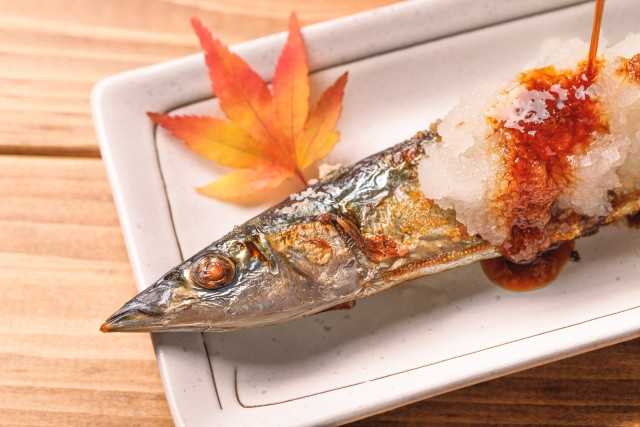
In Japan, there are foods that become more delicious during a particular season. The “season” for food is called「旬 shun」which refers to the best time for harvesting, or catching in case of seafood, a particular ingredient. In other countries, dishes on the menu rarely change with the seasons but in Japan many restaurant’s dishes follow the seasons. Seasonal foods are a huge part of Japanese culture which is reflected not just in everyday life but also in traditional Japanese cuisine, Washoku.
Writer's Pick
Enjoying the Four Seasons in Japan
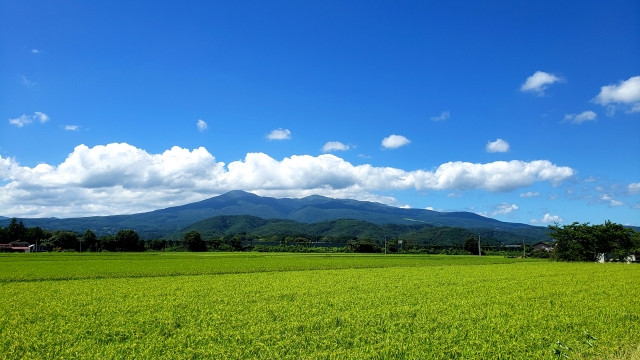
Japan enjoys the four seasons of spring, summer, autumn and winter. According to the Japan Meteorological Agency, the months of the year can be divided into each season as follows:
Spring: From March to May
Summer: From June to August
Autumn: From September to November
Winter: From December to February
Below, you’ll find a short summary of events and celebrations to expect in each season. For a much closer look into each season, try this article that also contains things to be aware of in each season.
Spring in Japan
(March to May)
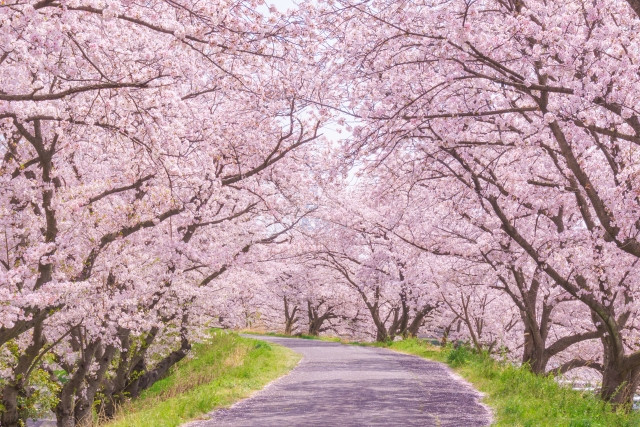
Spring in Japan is characterised by cool pleasant weather and clear skies with occasional rainfall. It is mostly warm and comfortable though early spring may be quite chilly to some people. In spring, in addition to cherry blossoms, other spring flowers include tulips, peonies, peaches, wisterias, and rape blossoms. There are many things to do in spring. One of the events many people look forward to in spring is hanami, or cherry blossom viewing which has been enjoyed in Japan since ancient times.
Spring is also the season of new beginnings, new encounters and a new life. Why? Because graduation ceremonies, the start of a new school year, and new years entrance ceremonies at companies all happen in spring.
Recommended Reading:
-
How many types of sakura are there? Most Common and Rarely Seen Cherry Blossoms in Japan
-
Tokyo Cherry Blossom Season: The most popular spots to see sakura in Tokyo
Summer in Japan
(June to August)
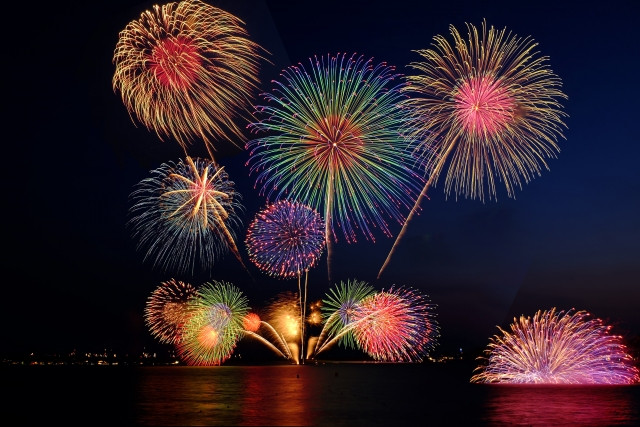
Summer in Japan is the hottest season of the year. The rainy season called tsuyu (梅雨) in Japanese is from June to mid-July. Throughout the rainy season, there’ll be heavy rain, dampness and barely any sun. Things get worse after the rainy season as the temperature soars and peak summer starts which means higher humidity and hotter days. Heatstroke, called necchuushou (熱中症) in Japanese, is a real concern in Japan so be careful! Health professionals recommend drinking around 3 litres of water in summer.
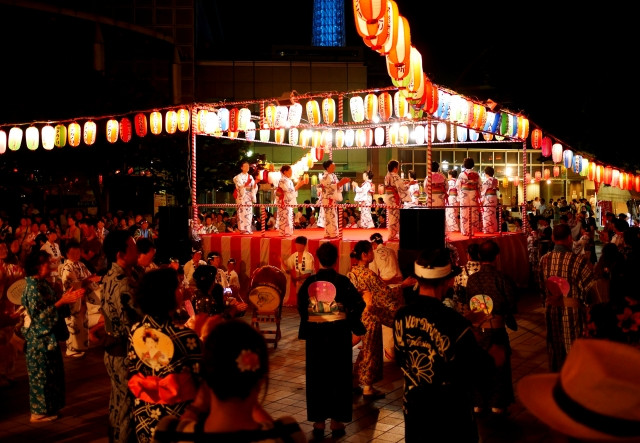
The highlight of summer in Japan are festivals aka matsuri (祭り) and lots of them. Summer festivals, fireworks festivals, music festivals and other celebrations occur all over Japan. Plenty of summer-only activities also become available like water parks, swimming, beach, bug-catching, and eating summer foods.
Recommended Reading:
Autumn in Japan
(September to November)
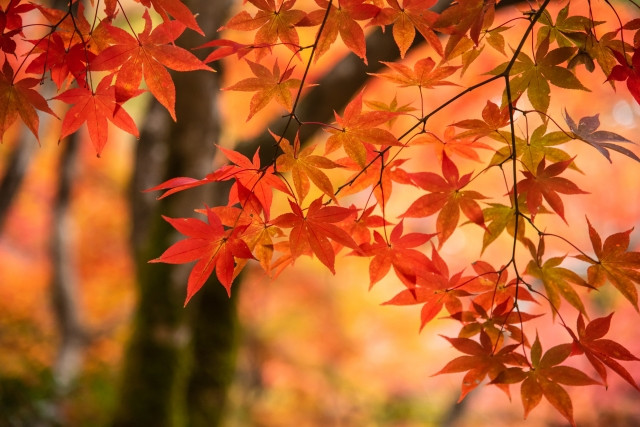
Autumn in Japan is cooling with temperatures and humidity similar to spring. Plenty of spring clothes and autumn clothes are interchangeable. The early days of autumn when summer has just ended can be quite warm. The best time to see autumn leaves in Japan is when ginkgo leaves turn yellow and maple leaves turn red. Chrysanthemums, cosmos, and cluster amaryllis are typical autumn plants in Japan.

In addition, since ancient times, Japanese have enjoyed moon-viewing called tsukimi (月見) during mid-autumn festival. Pampas grass and dango are used as decorations for celebrations. There are also quite a number of festivals to enjoy in autumn. Aside from spring, there are many people that choose autumn as their favourite season in Japan.
Winter in Japan
(December to February)
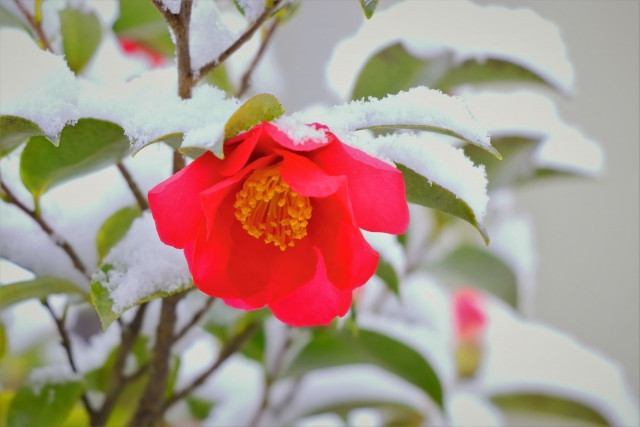
Winter in Japan can be very cold. In January and February, there are places where temperatures drop below freezing. Snowfall is common in the northern areas of Japan of Tohoku, Hokkaido, and places facing the Sea of Japan. Most plants die in winter but there are also some that thrive like plums, daffodils, and sasanqua.
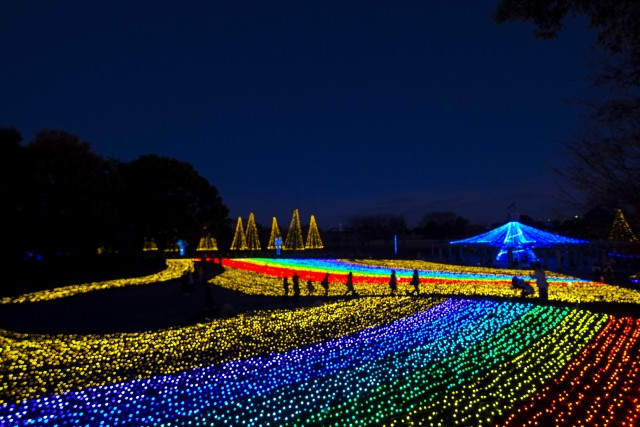
There are many events and celebrations during winter in Japan. There’s winter illumination events and the whole of Japan celebrates the New Year by returning to their hometown for New Year celebrations.
Recommended Reading:
Other Ways to Divide the Seasons in Japan
Apart from the four seasons, there are other ways to divide the seasons in Japan.
What is 24 Sekki or 24 Solar Terms?
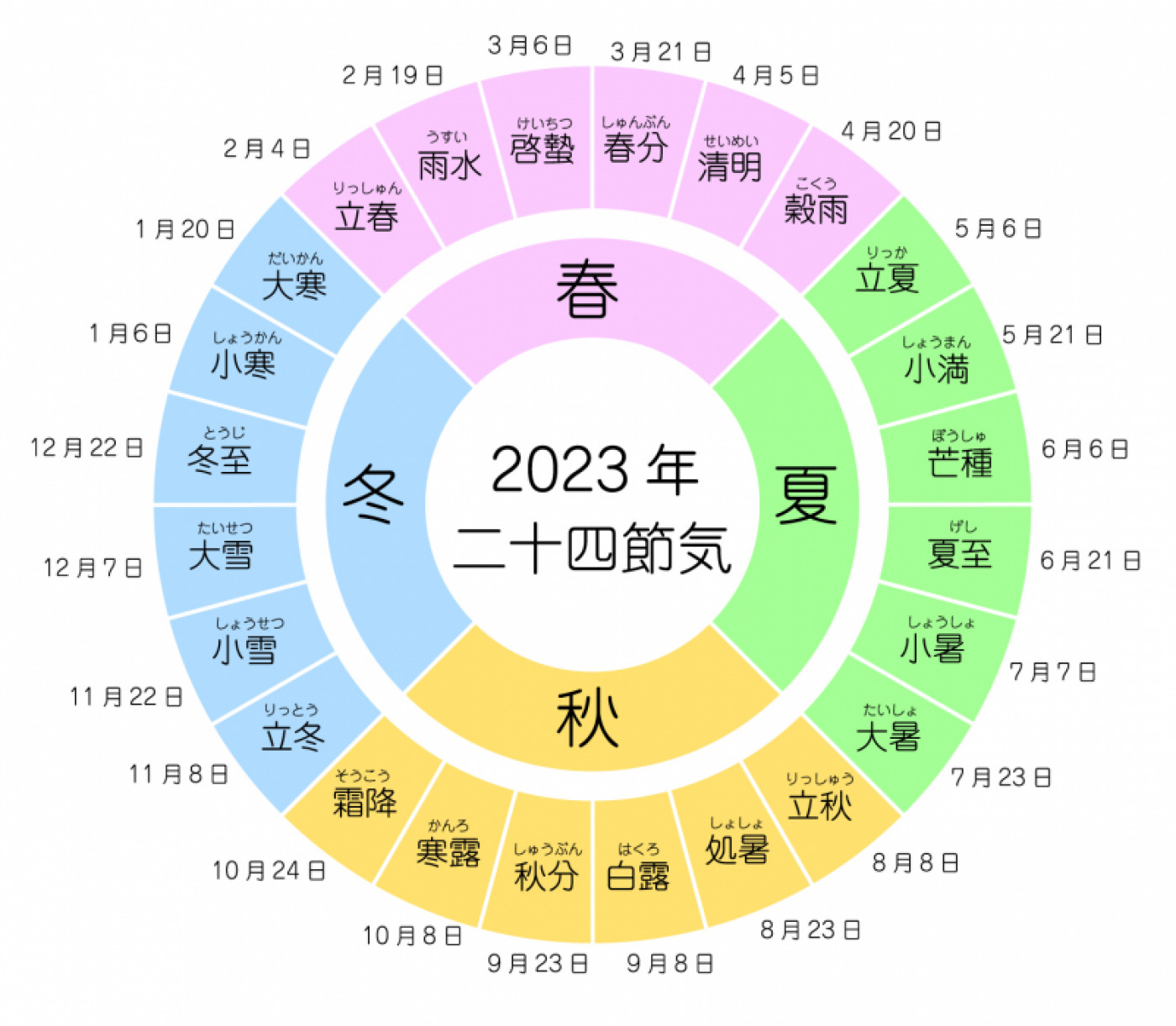
Originating from China,「二十四節季 nijuushi sekki」is a method of dividing the year into 24 seasons with each season lasting around 15 days. It is known as 24 Sekki or 24 Solar Terms in English. The purpose of the calendar is to more accurately mark the changes of each season. For example, boshu (芒種) is grain planting season, taisho (大暑) is major heat season, taisetsu (大雪) is heavy snowfall season.
Many of these are no longer used but there are some that are still commonly used to this day. Like risshun (立春) which is the first day of spring, shunbun (春分) is the spring equinox, and geshi (夏至) is the summer solstice.
What is Zassetsu?
Since the 24 Sekki was based off China, some of the seasons did not fit well with Japan’s own seasons and climate. Zassetsu (雑節) are seasons created by Japan to fill the gaps left by 24 Sekki. The most famous zassetsu that is still widely celebrated to this day is Setsubun (節分), a day to ward off evil.
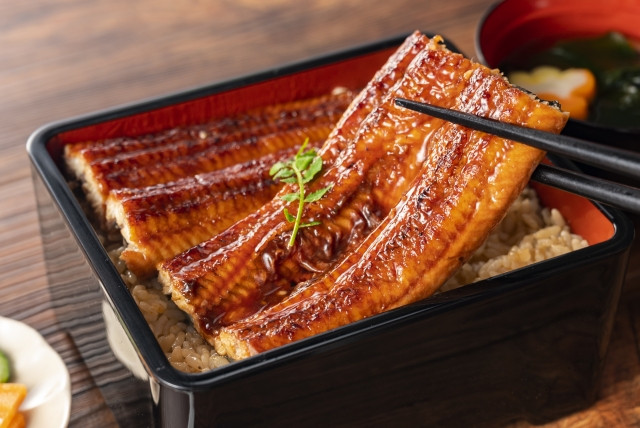
There is also Doyou (土用) which occurs 4 times a year, it is said that particular types of food are good to eat on those days. For Doyou in summer, called Doyou no Ushi no Hi (土用の丑の日) or the Day of the Ox, unagi is eaten.
Takeaway

Although there are other countries that enjoy four seasons, Japan is probably the country that makes the most of it. You can call it appreciating nature or enjoying the benefits of nature, or being smart and taking full advantage of the seasons by commercialising it. Either way, everybody is happy with the results, which is plenty of ways to enjoy Japan all year round.
You may find it difficult to plan your trip to coincide with the seasons, not to mention the best times to visit are usually peak times when prices are expensive and availability is limited. That’s no reason to put off a trip you’ve been looking forward to for a long time, there are plenty of activities and things to do in Japan aside from enjoying the seasons. Japan’s theme parks, museums, shopping areas and many more establishments are always available to give you a great time.




















.jpg)











